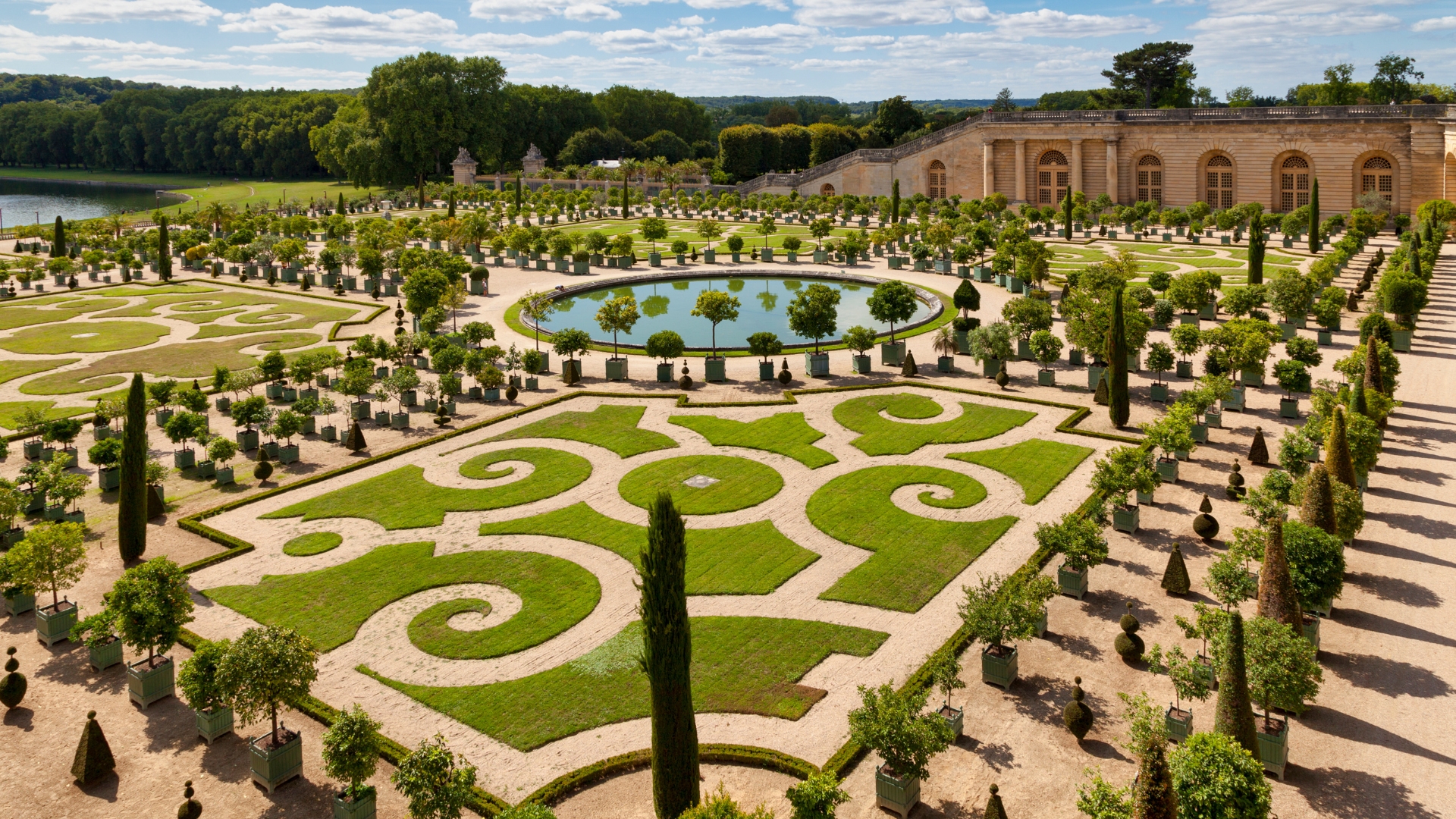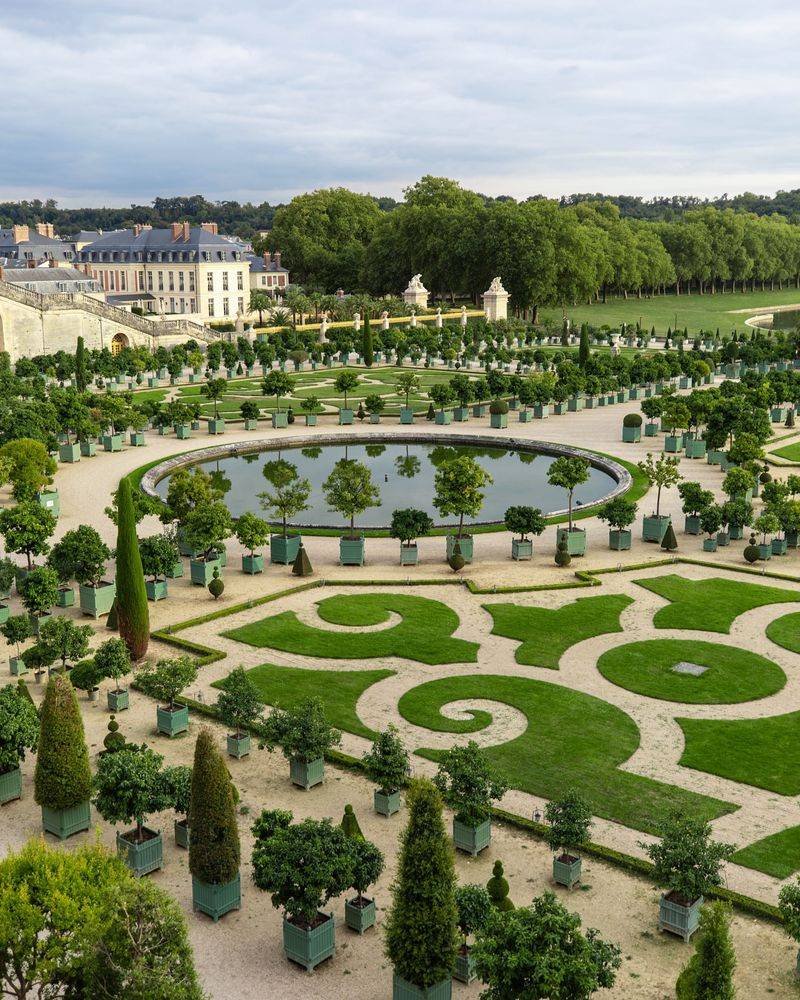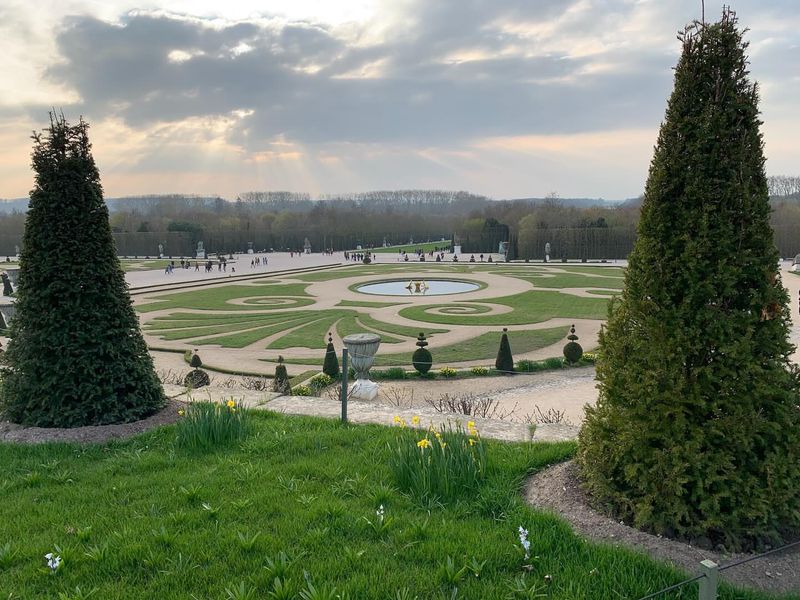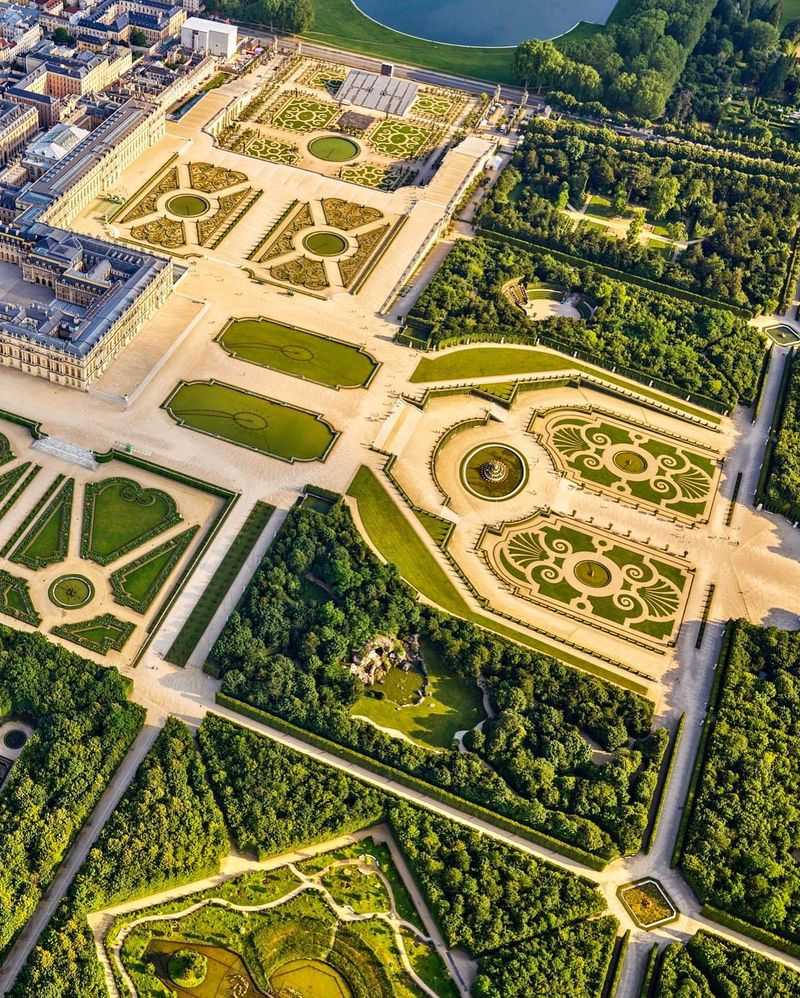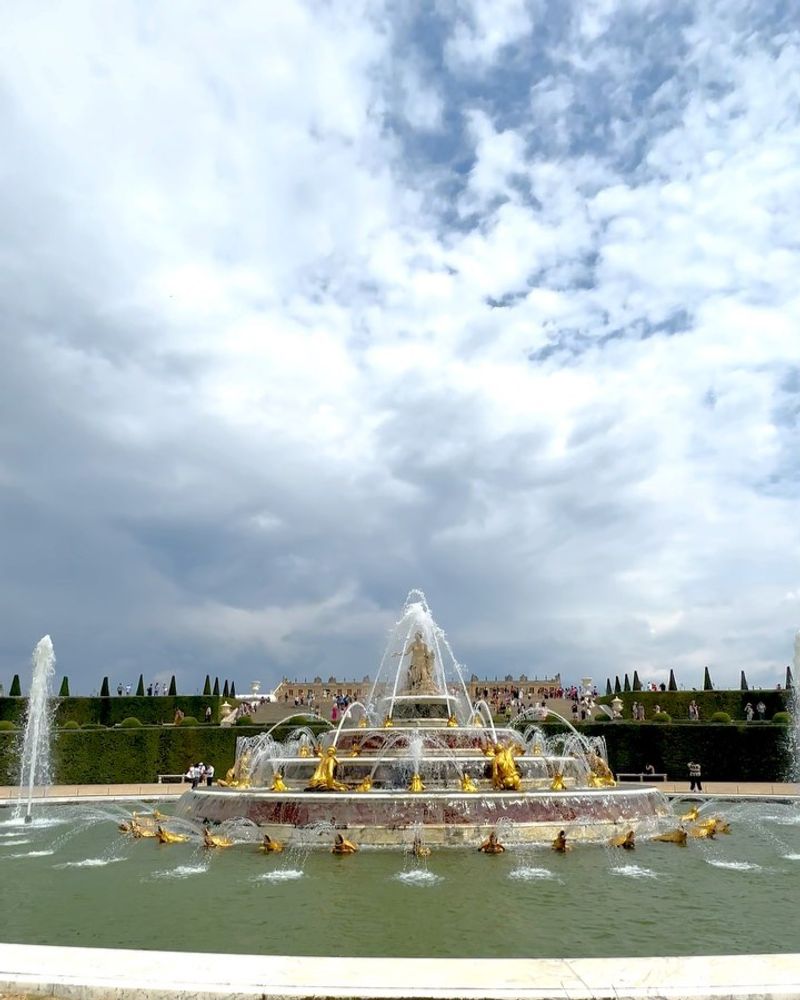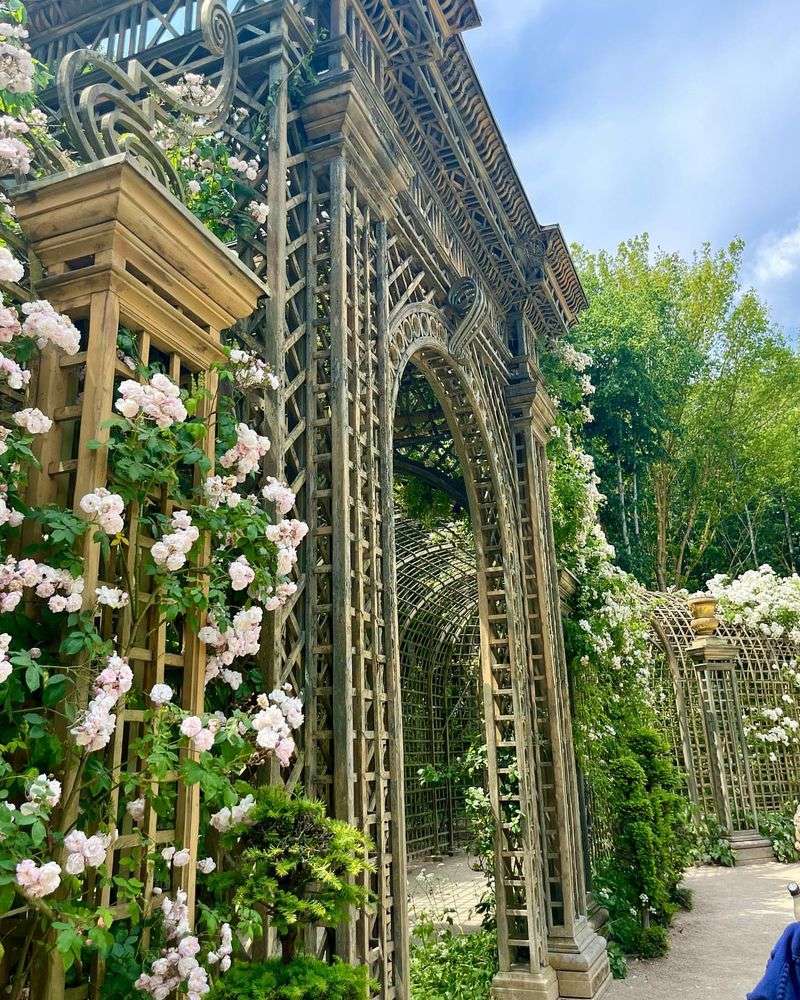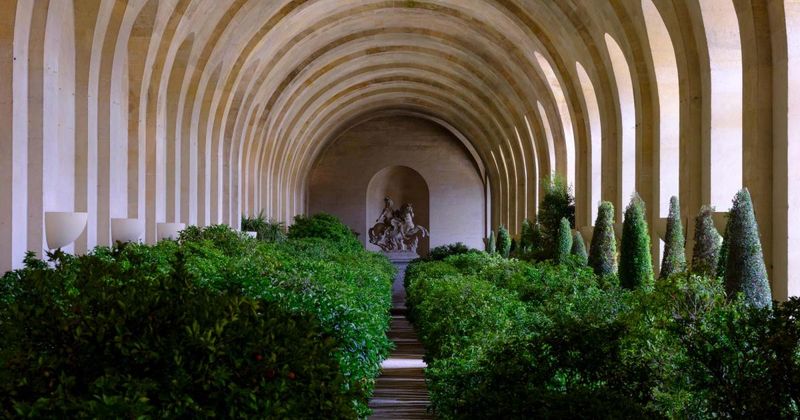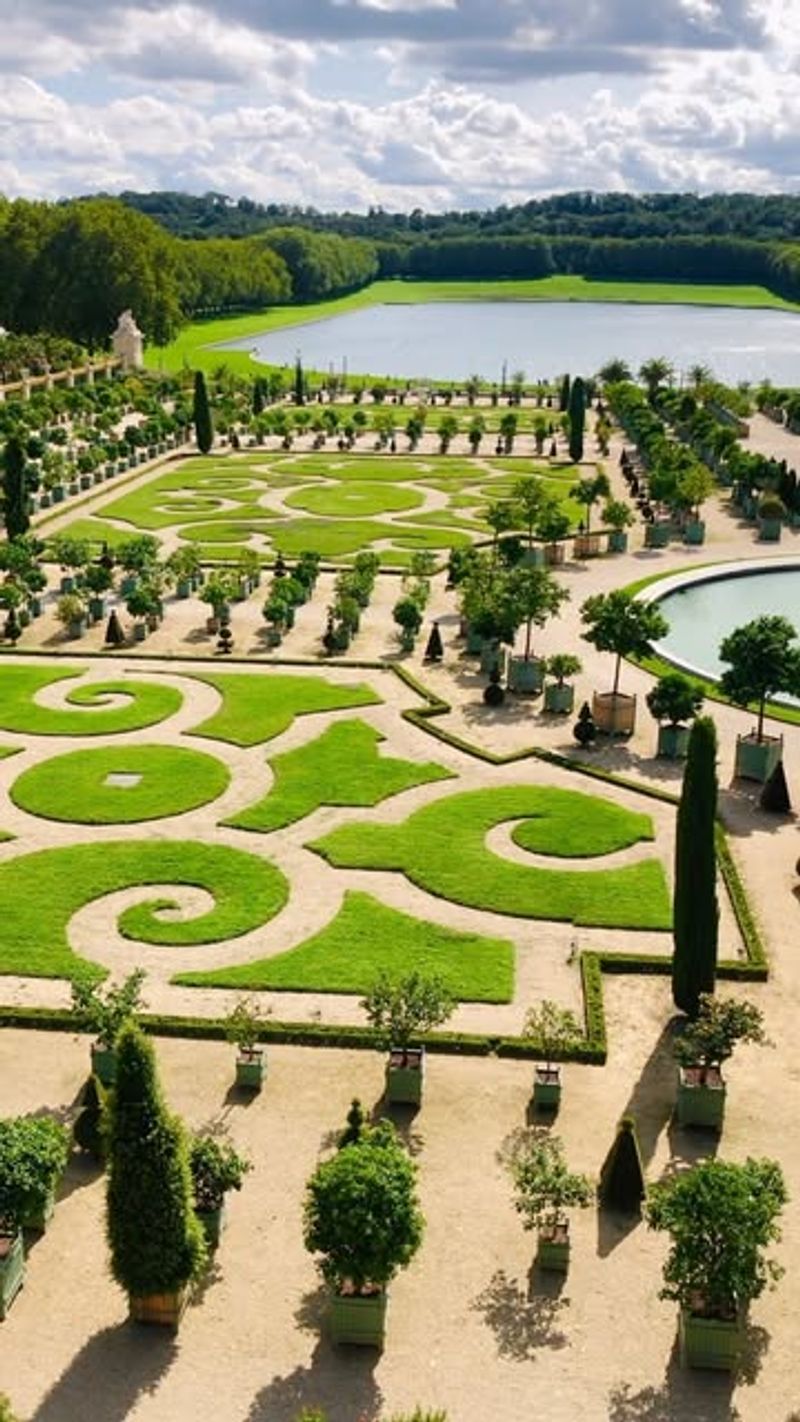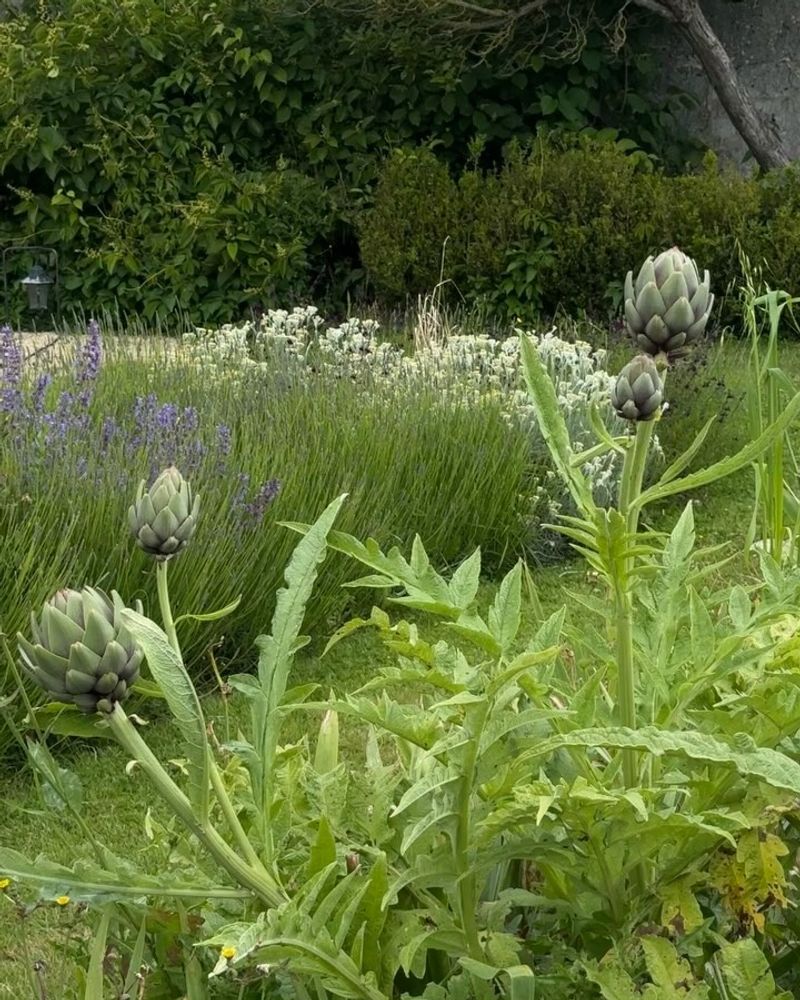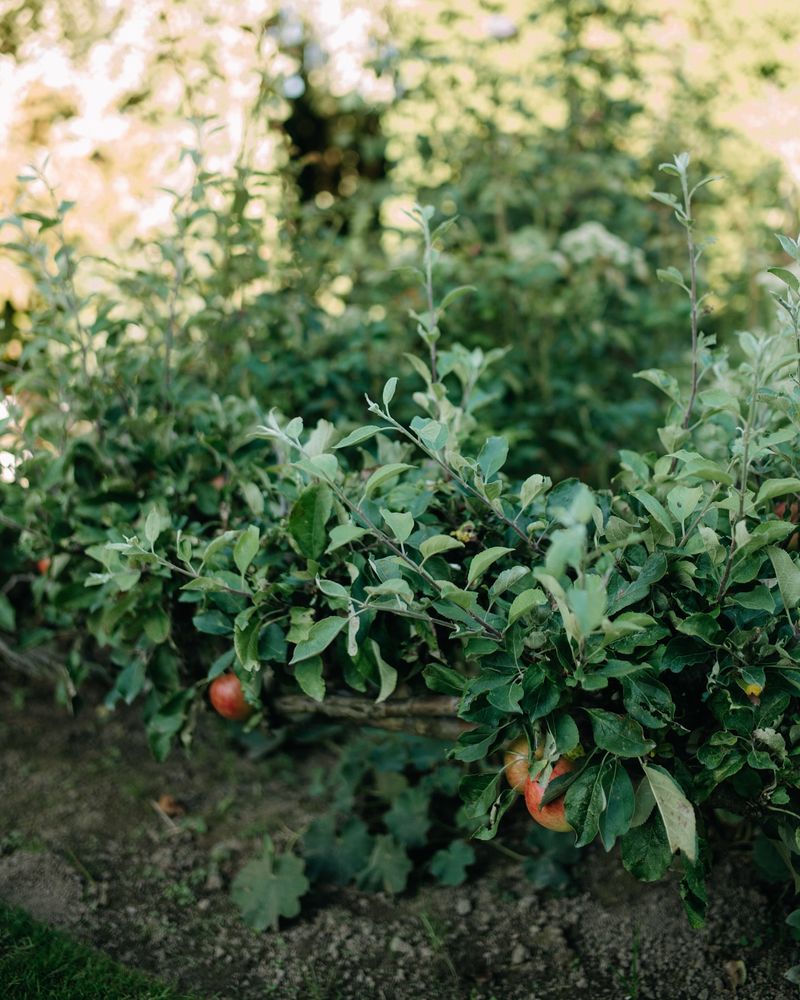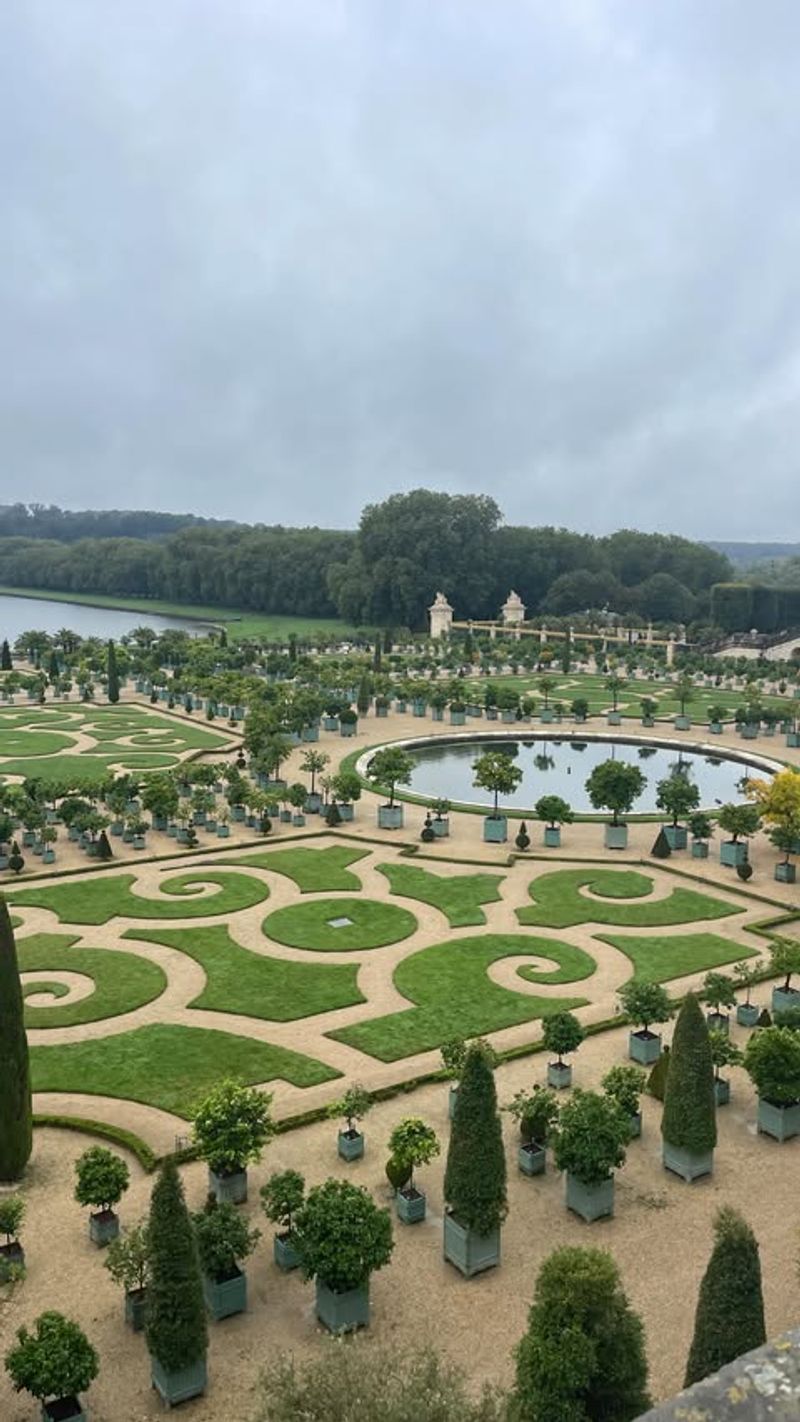The Gardens of Versailles have always been the epitome of royal grandeur—sweeping lawns, glittering fountains, and perfectly clipped hedges that once dazzled kings and courtiers. But after centuries of weather, wear, and historical shifts, even perfection needs a refresh.
Now, thanks to careful restoration, the gardens are once again bursting with life and precision. Stretching across 800 acres, this legendary landscape has been reimagined to honor its past while dazzling a whole new generation of admirers.
1. Royal History Behind the Green
King Louis XIV transformed Versailles from a hunting lodge into a statement of absolute power, with gardens as his crown jewel. The Sun King personally supervised the design, believing these grounds would showcase France’s superiority in art and engineering.
Work began in 1661 and continued for decades. The king would lead visitors on tours himself, pointing out features he’d commissioned. Gardens weren’t just pretty places – they were political tools used to impress foreign diplomats and intimidate rivals with French grandeur.
2. André Le Nôtre’s Masterpiece
André Le Nôtre, the genius landscape architect behind Versailles, invented what we now call the French formal garden style. His vision transformed flat, marshy land into perfect geometric patterns with a central axis stretching toward the horizon.
Le Nôtre’s brilliance lay in creating optical illusions through careful placement of paths, pools, and plantings. From certain vantage points, distant fountains appear closer than they actually are. His work at Versailles influenced garden design across Europe for centuries and remains his greatest achievement.
3. Massive Restoration Project
The recent restoration of Versailles gardens ranks among the largest landscape renewal projects ever undertaken. Storms in 1999 destroyed over 10,000 trees, providing an unexpected opportunity to reimagine the gardens as they once were.
Teams of historians, botanists, and landscapers worked together studying old paintings and documents. They replanted entire groves according to original 17th-century plans, replacing modern varieties with historical plant species. The project cost millions and took over a decade, showing France’s commitment to preserving its cultural treasures.
4. Grand Canal’s Comeback
The Grand Canal, a massive cross-shaped waterway stretching nearly a mile long, has been completely dredged and restored to its original glory. During Louis XIV’s time, this canal hosted miniature naval battles and Venetian gondolas for royal entertainment.
Restoration workers removed decades of silt and repaired crumbling banks. The canal now reflects the sky exactly as intended, creating that perfect mirror effect that makes photos so stunning. Visitors can rent rowboats again, experiencing the gardens from the same perspective as 17th-century nobles did.
5. Fountain Shows That Dazzle
Versailles boasts over 50 fountains, each telling stories from ancient mythology through water and sculpture. The Musical Fountain Shows bring these waters back to life, synchronized to baroque music that would have entertained the royal court.
Engineers restored complex hydraulic systems dating back 300 years. During Louis XIV’s time, fountain operators would use whistles to signal when to turn waters on and off as the king passed by. Today’s computerized systems are more reliable, but the magical effect remains unchanged – water dancing in patterns that seem impossibly beautiful.
6. Hidden Groves Rediscovered
Tucked away from the main pathways lie secret garden rooms called bosquets or groves, recently restored to their original designs. These outdoor “salons” hosted intimate royal gatherings and secret political meetings away from prying eyes.
Each grove has its own theme and surprise elements. The restored Ballroom Grove features a cascade of water steps surrounded by amphitheater seating where courtiers once watched dancers. The Grove of the Three Fountains creates a magical atmosphere with water jets at varying heights, revealing how garden designers used water as an architectural element.
7. Ancient Trees With Stories
Some of Versailles’ oldest trees have witnessed centuries of history. The Queen’s Grove contains oak trees planted during Marie Antoinette’s time that somehow survived both the French Revolution and world wars.
Arborists use special techniques to preserve these living monuments. Hollow trunks are carefully filled with special materials to prevent collapse while allowing the trees to continue growing. Each ancient tree is mapped and monitored with technology to track its health. Standing beneath these giants connects visitors directly to people who walked these gardens hundreds of years ago.
8. Precise Patterns in Plants
The famous French formal style shines in Versailles’ restored parterres – intricate geometric patterns created with low hedges and colorful flowers. Gardeners trim these living designs with laser precision, maintaining shapes that look perfect from the palace windows above.
Each parterre follows historical planting schemes researched from original documents. The Parterre du Midi features elaborate scrollwork patterns in boxwood filled with seasonal flowers. Maintaining these designs requires constant attention – teams of gardeners work daily with specialized tools, some unchanged since the 17th century.
9. Orangery’s Exotic Treasures
The magnificent Orangery houses one of Europe’s oldest collections of citrus trees, some dating back 200 years. These potted orange, lemon, and pomegranate trees spend summers outdoors and winters protected in this cathedral-like space designed by Jules Hardouin-Mansart.
During restoration, experts carefully propagated aging trees using cuttings to preserve genetic lines that go back to Louis XIV’s time. The collection includes rare varieties no longer found elsewhere. Each massive terracotta pot is a work of art itself, decorated with royal symbols and requiring six people to move during seasonal rotations.
10. Water Engineering Marvel
Versailles’ fountains required revolutionary engineering to function in an area with no natural water sources. Restoration experts uncovered and repaired the original 17th-century hydraulic system that once pumped water uphill from the Seine River miles away.
The Machine de Marly, a massive water-pumping system, was considered the technological wonder of its age. Louis XIV employed hundreds of horses and workers to keep water flowing to his fountains. Modern engineers installed sustainable systems that honor historical methods while using contemporary technology to reduce water waste.
11. Sculptures That Tell Stories
Over 300 mythological statues populate the gardens, each recently cleaned and restored to reveal original details hidden under centuries of grime. These marble and bronze figures aren’t just decorations – they form an outdoor art gallery telling stories from classical mythology.
The Apollo Fountain shows the sun god driving his chariot across the sky, representing Louis XIV himself. Restoration revealed original gold leaf details and water spouts that create specific spray patterns. Conservation teams used laser cleaning technology to remove pollution damage without harming delicate carved features.
12. Marie Antoinette’s Private Paradise
Far from the formal main gardens lies the Queen’s Hamlet, Marie Antoinette’s rustic retreat where she played at being a shepherdess. This charming village of cottages and working farm has been meticulously restored to show how the queen sought escape from court pressures.
Restoration revealed original paint colors and farming techniques used during her time. The queen’s private gardens feature more natural, English-inspired designs that contrasted sharply with the formal style elsewhere. Today, heritage breeds of sheep and chickens once again populate the farm buildings, just as they did when Marie Antoinette sought refuge here.
13. Seasonal Planting Spectacles
Gardeners plant over 200,000 flowers annually, following seasonal rotation schedules first established centuries ago. Spring brings mass displays of tulips and daffodils, summer features roses and lavender, while fall showcases chrysanthemums in royal purple and gold.
The restoration team discovered original planting plans in archives, revealing which flowers were fashionable during different kings’ reigns. Modern visitors experience the gardens’ changing moods throughout the year, just as courtiers once did. The gardening team maintains on-site greenhouses where they cultivate historical varieties from seeds collected from the original plants.
14. Night Illuminations Revived
Special evening events recreate the legendary nighttime illuminations that dazzled guests during Louis XIV’s grand garden parties. Thousands of candles and torches once transformed the gardens into a magical landscape for all-night festivities.
Today’s restoration includes carefully designed lighting that mimics flickering flames while protecting historic features. Summer evening shows combine music, lights, and sometimes fireworks to recreate the atmosphere of royal entertainments. Walking the illuminated pathways gives visitors a rare glimpse of how the gardens were experienced during the height of Versailles’ glory.
15. Perfumed Garden Experience
Scent was an essential part of the original garden experience, now recreated through plantings of historical fragrant varieties. Louis XIV loved strongly scented orange blossoms and jasmine, which were planted near palace windows to perfume royal apartments.
Restoration researchers studied perfumers’ records from the 17th century to identify authentic scent profiles. Today’s visitors can follow specially designed “scent walks” that highlight aromatic plants used during different historical periods. The gardens’ perfume changes with the seasons – from spring lilacs to summer roses to fall apples ripening in the kitchen gardens.
16. Trellised Fruit Trees Technique
The restored fruit gardens showcase the French art of espalier – training trees to grow flat against walls in decorative patterns. These living sculptures produce better fruit while creating stunning visual displays against the garden walls.
Some restored trees follow patterns documented in 17th-century gardening manuals written by La Quintinie, Louis XIV’s fruit garden designer. The king was obsessed with having fresh figs and strawberries out of season, so these gardens included innovative heating systems. Restoration teams uncovered remains of original hot walls that used charcoal to warm fruit trees during winter.
17. Sustainable Garden Practices
Modern restoration combines historical accuracy with environmental responsibility. Gardeners now use organic methods to maintain the grounds, eliminating chemical pesticides that would have damaged the sculptures and water features.
Rainwater collection systems hidden beneath pathways capture water for irrigation. Composting operations turn garden waste into nutrients for new plantings. These sustainable practices actually connect to historical methods – Louis XIV’s gardeners relied on natural fertilizers and companion planting long before “organic” became a movement.
18. Interactive Garden Map Technology
New visitor experiences include augmented reality apps that show how the gardens appeared during different historical periods. Point your phone at a restored grove, and you might see animated courtiers dancing or the king hosting a feast as it happened centuries ago.
Historians and tech developers collaborated to ensure accuracy in these digital recreations. Underground sensors monitor soil moisture and tree health, helping preservation teams protect living collections. This blend of cutting-edge technology with historical preservation represents a new approach to experiencing heritage sites.
19. Future Preservation Challenges
Climate change poses serious threats to the restored gardens. Rising temperatures stress historical plant varieties, while increasing storm intensity endangers the ancient trees and statuary.
Conservation teams are testing new approaches to protect this living museum. They’re gradually introducing more heat-tolerant plant varieties that maintain historical appearance. Underground drainage systems have been expanded to handle heavier rainfall. The restoration isn’t considered “finished” but rather an ongoing process that will continue adapting to ensure these magnificent gardens survive for future generations.

